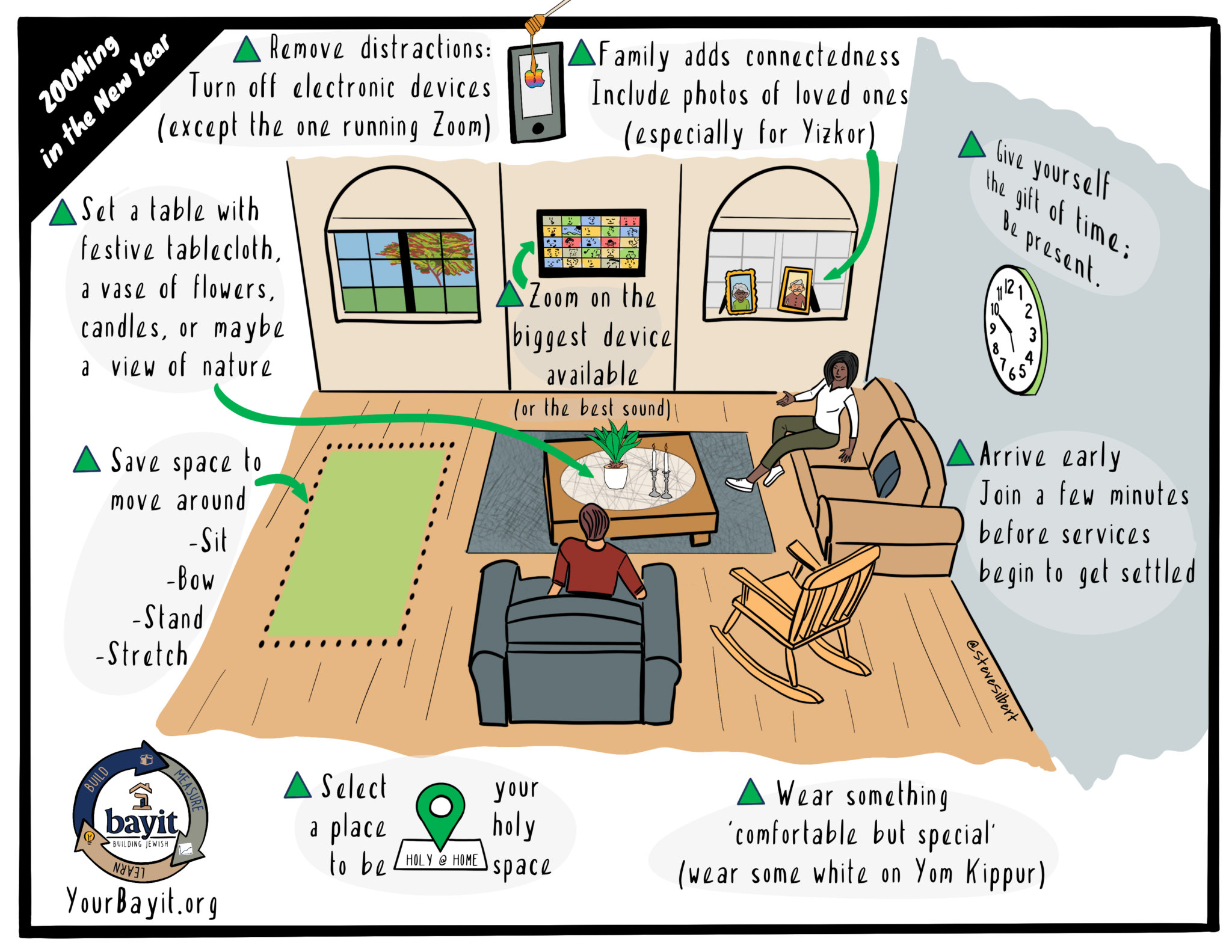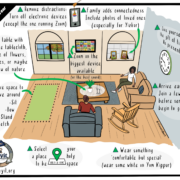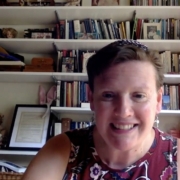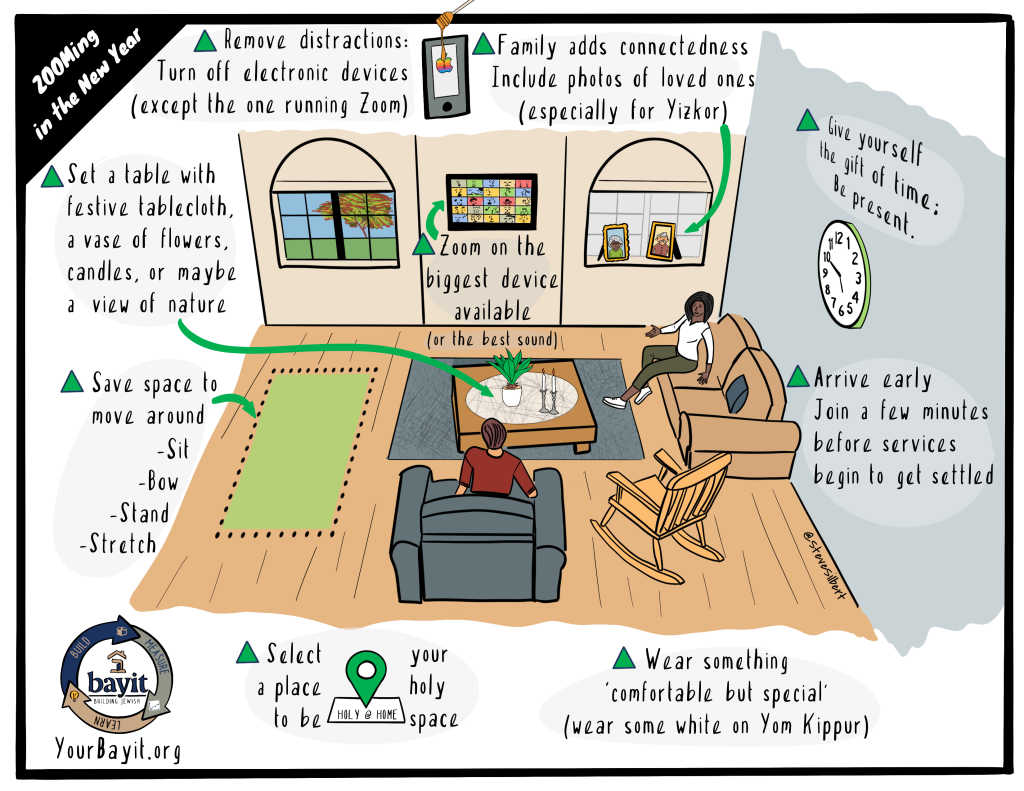Dear CBI Members and Friends,
Each year I choose an “anthem” — a melody and/or a setting of traditional words — to be our melodic throughline for the Days of Awe. (Last year’s anthem was “Come, Come, Whoever You Are.”)
This year our anthem adapts a beautiful setting of Ahavat Olam (the prayer that speaks of God’s unending love for us) with new English words written for this season.
Here’s a recording of Ahavat Olam (with the traditional words) as sung by the Platt brothers to a melody by Gabe Mann and Piper Rutman:
[youtube https://www.youtube.com/watch?v=1yhk_obX7CQ]
If you can’t see the embedded YouTube video, here’s a direct link to the Platt brothers’ version.
And here’s a recording of our English words which we will sometimes use in addition to tradition’s Hebrew words:
[youtube https://www.youtube.com/watch?v=lzZpbLa7C3s]
If you can’t see the embedded YouTube video, here’s a direct link to our version.
We Are All Loved
We are all loved by unending love
We’ll be reborn in love
We’ll do what’s right in love
Please heal the world in love
For all the world needs Your light of love.And so, Source of All, we return to You:
Teach us how to fulfill, show us what to do.
Lift our hearts, fill our souls with love every day.
Inspire our lives, help us find the way
As You guide us onward, so we say:We are all loved by unending love
We’ll be reborn in love
We’ll do what’s right in love
Please heal the world in love
For all the world needs Your light of love.(English words by R’ Rachel Barenblat and R’ David Markus)
I invite you to listen to the Platt Brothers version and/or to the one I recorded often between now and the holidays — it will inscribe the melody on your hearts and minds so that when we sing it together during the Days of Awe, it will be a familiar tune.
I invite you also to look back at previous years’ recordings for the Days of Awe — here’s last year’s music post, which contains YouTube videos and audio recordings of many of the melodies we hear each year at this special season.
May this music soak into our hearts. May it uplift us and energize us and carry us through this year’s Days of Awe and beyond.
Blessings to all,
Rabbi Rachel
The Runway to the Days of Awe
Week One: Seven Weeks Until Rosh Hashanah
Week Two: Creating Sacred Space at Home
(This post is week three)
And here’s a sketchnote from Steve Silbert about creating sacred space at home:









